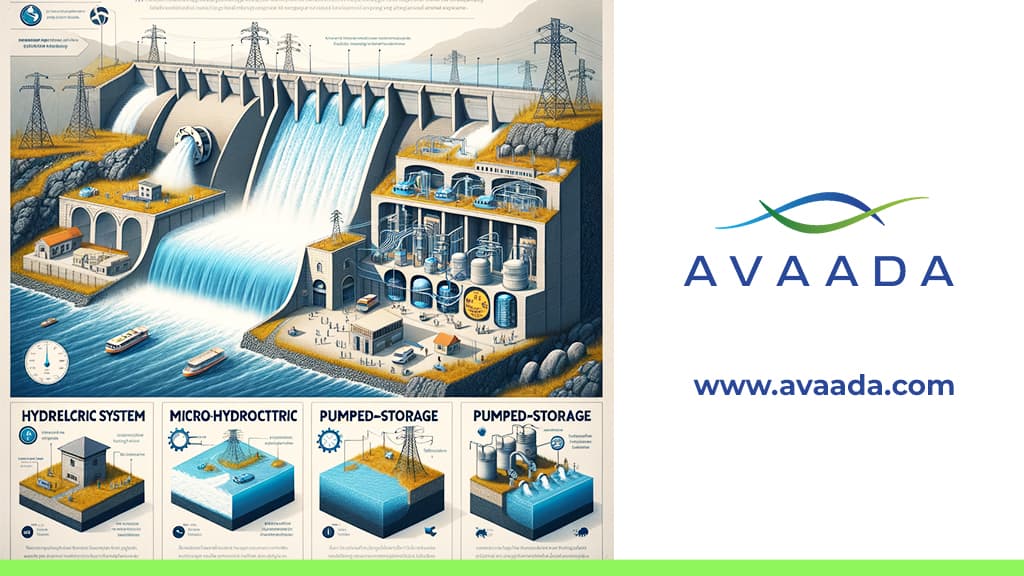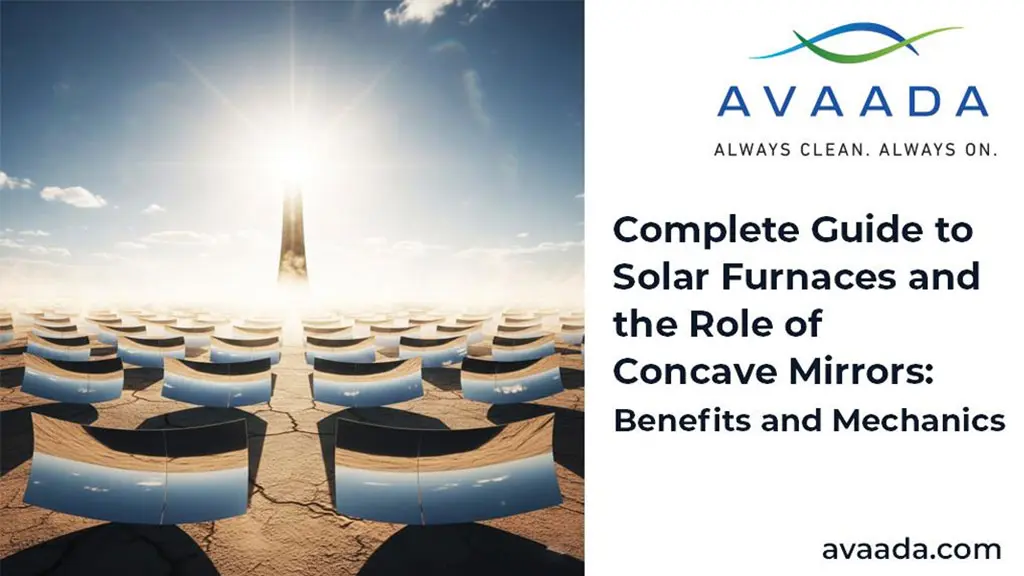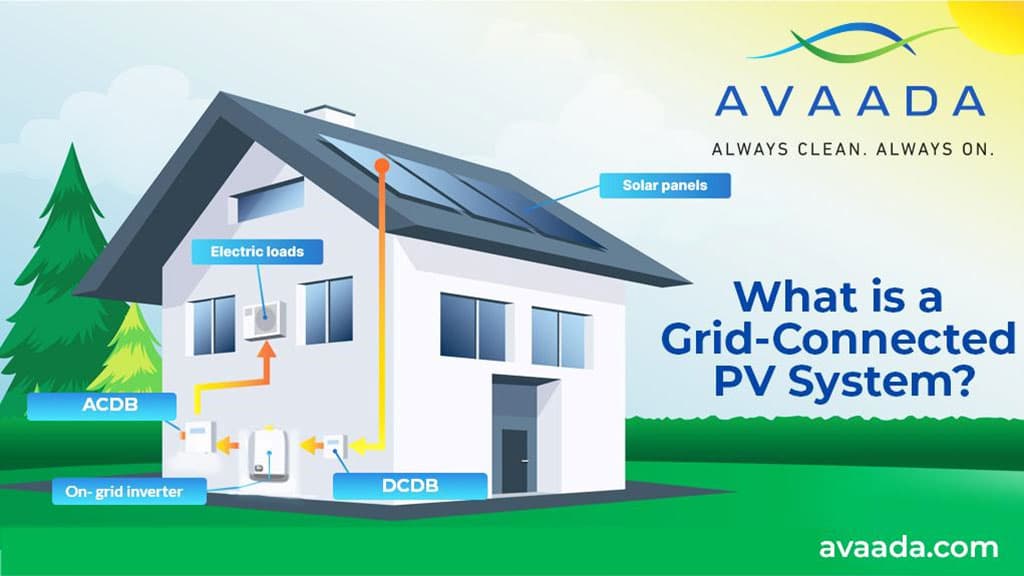Types of Hydroelectric Systems: An Overview
Hydroelectric power is one of the oldest and most established forms of renewable energy. It uses the energy of moving water to generate electricity. While the basic concept is simple, there are several different types of hydroelectric systems, each suited to different environments and needs.
In this overview, we’ll explore the main types of hydroelectric systems and what makes each one unique.
Pumped Storage Hydropower
Pumped storage hydropower is a clever solution for balancing supply and demand in the electricity grid. These systems use two reservoirs at different elevations. During times of low electricity demand, excess electricity is used to pump water from the lower reservoir to the upper reservoir. When demand is high, the water is released back down through turbines to generate electricity.
This type of system acts like a giant battery, storing energy in the form of water at a higher elevation and releasing it when needed. Pumped Hydropower Storage plants can help stabilize the grid, making them a valuable complement to other forms of renewable energy like wind and solar, which can be more variable.
Read our blog on: What Is Pumped Storage Hydropower?
Run-of-River Hydropower
Run-of-river hydropower systems are designed to generate electricity without the need for large dams or reservoirs. Instead, they divert a portion of a river’s flow through a channel or pipe, called a penstock, which leads to a turbine. The flowing water spins the turbine, which generates electricity.
These systems are typically smaller and less intrusive than traditional hydropower plants. They have a lower environmental impact because they don’t require flooding large areas of land. Run-of-river plants are ideal for regions with consistent water flow and can range from large-scale operations to small, community-based micro-hydro projects.
Reservoir Hydropower
Reservoir hydropower plants are what most people think of when they portrait hydroelectric power. These systems involve constructing a dam to create a large reservoir of stored water. When electricity is needed, water is released from the reservoir through turbines, generating power.
This type of hydropower offers greater control over electricity production since the stored water can be released as needed to match demand. Reservoir hydropower plants can provide a steady, reliable source of electricity and are often used to supply baseload power to the grid. However, they can have significant environmental and social impacts due to the large areas of land that may need to be flooded to create the reservoir.
Micro-Hydro Systems
Micro-hydro systems are small-scale hydroelectric plants that generate less than 100 kilowatts of power. These systems are perfect for remote areas, small communities, or individual homes that are off the main electricity grid.
Micro-hydro systems can be either run-of-river or use small dams or diversions to capture water flow. They are often designed to be simple and low-cost, making them accessible for rural and developing areas. Despite their small size, micro-hydro systems can make a big difference in providing reliable electricity to those who need it most.
Hybrid Hydropower Systems
Hybrid hydropower systems combine hydropower with other renewable energy sources, such as solar or wind power. By integrating different technologies, these systems can improve overall energy generation and reliability. For example, when the sun isn’t shining or the wind isn’t blowing, hydropower can help fill in the gaps, ensuring a steady supply of electricity.
Factors Influencing Hydroelectric System Selection
Choosing the right type of hydroelectric system depends on several factors:
Water Resource Availability
The availability and characteristics of the water source are crucial. Factors like the flow rate, the vertical distance the water falls (known as head), and seasonal variations in water levels all play a role in determining which system is best.
Power Generation Needs
The scale of power generation required is another key consideration. Smaller systems like run-of-river and micro-hydro are suitable for localized needs, while larger systems like reservoir and pumped storage plants can provide power on a much bigger scale.
Environmental and Social Impacts
It’s important to consider the environmental and social impacts of a hydroelectric project. Large dams can flood vast areas, affecting ecosystems and displacing communities. Run-of-river and micro-hydro systems tend to have a smaller footprint and lower impact.
Geographical and Topographical Conditions
The physical characteristics of the project site also matter. Factors such as terrain, climate, and accessibility can influence the feasibility and cost of different hydroelectric systems.
Conclusion
Hydroelectric power is a versatile and reliable source of renewable energy with a variety of systems to suit different needs and environments. Whether it’s the simplicity of run-of-river systems, the storage capacity of pumped storage hydropower, or the innovative potential of tidal and wave power, there are many ways to harness the power of water. By carefully considering factors like water availability, power needs, and environmental impact, we can choose the best hydroelectric solutions to help meet our energy demands sustainably and responsibly.
In addition to traditional hydroelectric power, the integration of green hydrogen companies and hydrogen renewable energy solutions can further enhance the sustainability of our energy systems like avaada green hydrogen, which are at the forefront of this innovation, offering new ways to store and utilize renewable energy. These providers can offer insights and solutions tailored to specific geographical and environmental conditions.









